WEIR MONITOR VWM-2000
The Geosense® VWM-2000 vibrating wire precision water level monitor utilises a vented vibrating wire force transducer in combination with a cylindrical weight suspended from it to monitor water levels.
The vibrating wire transducer is vented to atmosphere so that any atmospheric changes are automatically compensated.
Categories: Flow Sensors, Geo-Structural Instruments
Description
The transducer and weight are contained within a PVC slotted pipe which can be located within the weir or tank as necessary and the vent tube is terminated within a moisture trap. Periodic change of the desiccant is required.
The cylindrical weight is partially suspended in the water level being monitored and as the water level changes the force on the transducer by the cylinder alters which in turn alters the tension of the vibrating wire.
As with all vibrating wire sensors, the output is frequency and therefore not affected by changes of cable resistance and therefore extremely long cable lengths are possible.
Additional information
| Brands | |
|---|---|
| Standard ranges |
150, 300,500, 1500mm |
| Resolution |
0.025% FS |
| Accuracy |
±0.1% FS |
| Operating temperature range |
-20°C to +80°C |
Reviews (0)
Be the first to review “WEIR MONITOR VWM-2000” Cancel reply
About brand
Geosense Ltd is one of Europe’s leading manufacturers and suppliers of instruments to the geotechnical, civil engineering, mining and environmental industries.
Geosense products are used globally in major projects in more than 68 countries. With a comprehensive in-house design and manufacturing capability, we can provide products not only to tight deadlines but also to suit custom-engineered solutions for specific project requirements.
Geosense specialises in the manufacture of vibrating wire and MEMS sensors, which are used to produce a wide range of instruments. In addition we manufacture automated data acquisition systems to complement our sensors, including wireless systems.
Data Sheets
Related products
VW PIEZOMETER VWP-3000 SERIES
In stock
Rated 0 out of 5
IPX IN-PLACE EXTENSOMETER
In stock
Rated 0 out of 5
The In-Place Extensometer (IPX) offers automated monitoring of standard magnetic extensometer installations. The system is designed for a simple, adaptable installation with a single cable connection at the top of the borehole. Its large measurement range accommodates large levels of settlement or heave, and ease of adjustment means it can be reconfigured for changed site conditions such as embankment filling or cutting.
TRIAXIAL TILT SENSOR NODE
In stock
Rated 0 out of 5
STANDPIPE PIEZOMETER
In stock
Rated 0 out of 5
IPI-X IN PLACE INC – EXT
In stock
Rated 0 out of 5
TILT BEAM MEMS
In stock
Rated 0 out of 5
MEMS Tilt Beams are designed for attachment to structures, on either a vertical or horizontal surface, for the measurement of tilt or differential settlement.
They consist of a highly accurate MEMS sensor housed in a fully sealed enclosure which is mounted on a lightweight rigid GRP beam. This can be mounted onto the structure using special anchors. The GRP beam has a very low coefficient of thermal expansion meaning that thermal affects are minimised.
INCLINOMETER CASING QJ
In stock
Rated 0 out of 5
INCLINOMETER CASING XC
In stock
Rated 0 out of 5









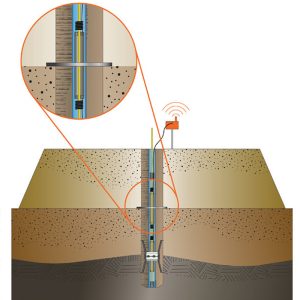
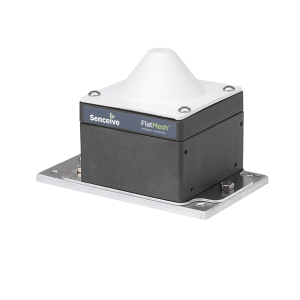
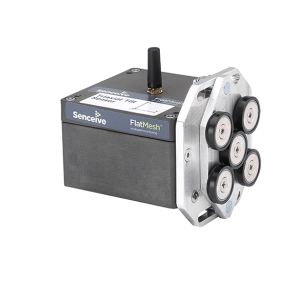

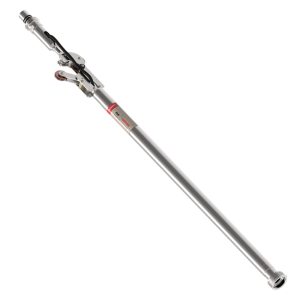

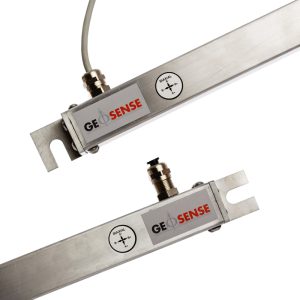
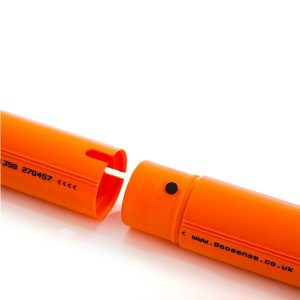

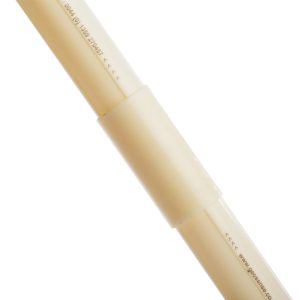
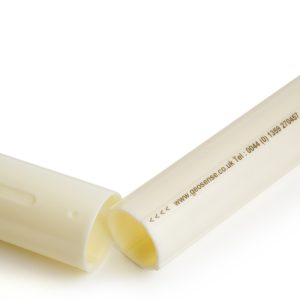
Reviews
There are no reviews yet.